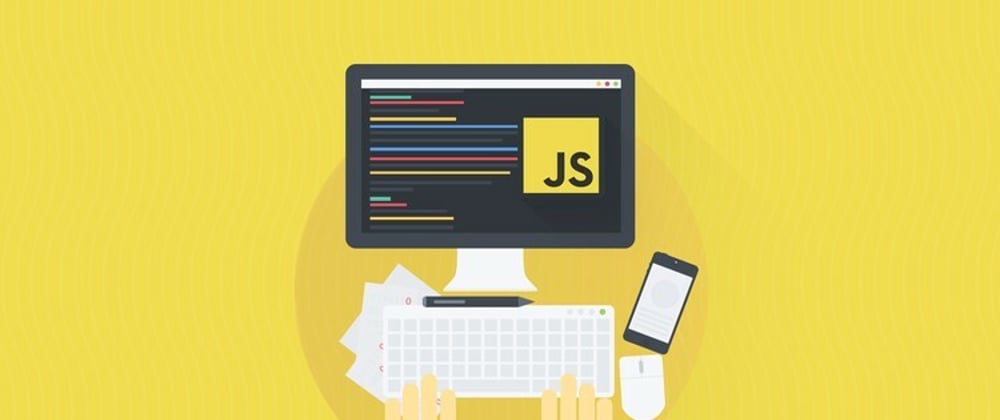An essential point to remember a training course is to take notes and discuss the subject with others. That's why every day I will post on dev.to the concepts and notes that I learned the day before.
If you want to miss nothing click follow and you are welcome to comments and discuss with me.
Without further ado here is a summary of my notes for day 4.
Functions
A function is a piece of code that we can be re-use over and over again in our code.
function displayHello() {
console.log('Hello World')
}
// Function can be invoke (run)
displayHello() // 'Hello World'
// Data can be pass to function
function display(greeting) {
console.log(greeting)
}
// Invoke with the data pass as parameter
display('Hello World') // 'Hello World'
// Function can return value
function sumNumber(number1, number2) {
return number1 + number2
}
console.log(sumNumber(10, 5)) // 15
Function declaration vs function expression
// Function declaration (can be call before declaration)
function displayGreeting(greeting) {
return 'Hello ' + greeting
}
// Function expression (can be use in code in place of expression)
const displayGreeting = function (greeting) {
return 'Hello ' + greeting
}
Arrow Function
// Shorthand function expression
// 1. Remove the function() keyword
// 2. Remove curly brace {}
// 3. Remove return keyword
// 4. Add => between parameters and function body
const displayGreeting = greeting => 'Hello ' + greeting
// With mutli parameters
const addNumber = (number1, number2) => number1 + number2
// With no parameters
const displayGreeting = () => 'Hello World'
// Multi-lines Arrow function
// Bring back the curly brace and return keyword
const displayGreeting = (greeting) => {
console.log('Hello World')
console.log('Hello Mike')
return true
}
Conclusion
That's it for this part. In the next one we will cover Array and Object!







Top comments (0)